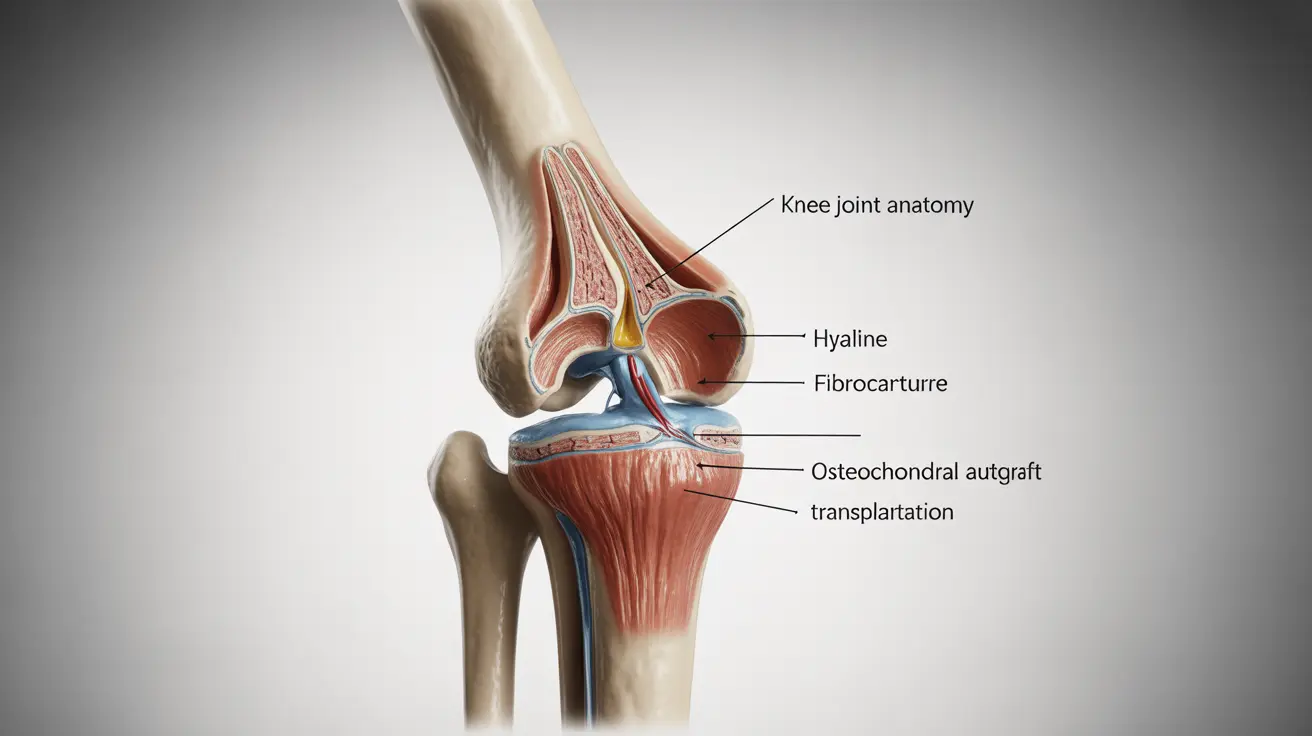Culinary Uses of Dragon Fruit
Dragon fruit is as versatile in the kitchen as it is visually striking. Preparing this fruit is simple: select a ripe one with bright, evenly colored skin that yields slightly to pressure. Use a sharp knife to slice it in half, and either scoop out the flesh with a spoon or peel the skin away to reveal the juicy pulp. Dragon fruit can be enjoyed on its own or incorporated into a variety of dishes. Add it to smoothies for a refreshing kick, mix it into salads for a tropical twist, or pair it with yogurt and nuts for a nutritious snack. Its subtle sweetness and crunchy seeds make it a delightful addition to any meal.
Nutritional Breakdown
Dragon fruit is a nutritional powerhouse, offering a range of healthful components in a low-calorie package. A 3.5-ounce serving contains just 57 calories, making it a guilt-free indulgence. It provides 3 grams of fiber, supporting digestive health, and is a source of essential nutrients like iron, magnesium, and vitamin C. With only 0.36 grams of protein and 0.14 grams of fat, dragon fruit is a light yet satisfying option for those mindful of their dietary intake. Its nutritional profile highlights its potential as a beneficial addition to a balanced diet.
Antioxidants and Their Importance
Dragon fruit is rich in antioxidants, compounds that protect cells from the damaging effects of free radicals. Among these antioxidants are betalains, found in red dragon fruit pulp, which have been shown to reduce cholesterol and other health risk factors. Hydroxycinnamates, another group of antioxidants, exhibit anticancer properties in studies, while flavonoids are linked to better brain health and a reduced risk of heart disease. These antioxidants play a crucial role in safeguarding the body against chronic diseases and promoting overall health.
Health Benefits of Dragon Fruit
The health benefits of dragon fruit extend beyond its antioxidant properties. Its fiber content aids digestion and supports metabolic health, while its anti-inflammatory compounds, like anthocyanins and squalene, help reduce inflammation without causing harm to cells. Dragon fruit also supports heart health, potentially lowering cholesterol and improving blood pressure thanks to its fiber and antioxidant content. Furthermore, its bioactive compounds may offer protective effects against cancer, making dragon fruit a valuable component of a health-conscious diet.
Digestive and Metabolic Health
Fiber is a critical component of dragon fruit, contributing to its digestive and metabolic benefits. The prebiotic fiber in dragon fruit promotes the growth of beneficial gut bacteria, which can enhance metabolic health. This fiber also aids in weight management by promoting a feeling of fullness, reducing the risk of overeating. By incorporating dragon fruit into your diet, you can support your digestive system and maintain a healthy metabolism, contributing to overall well-being.
Supporting the Immune System
Vitamin C, a powerful antioxidant found in dragon fruit, plays a vital role in supporting the immune system. It aids in the production of white blood cells, crucial for fighting infections and diseases. By including dragon fruit in your diet, you can boost your immunity and enhance your body's ability to ward off illnesses. Regular consumption of vitamin C-rich foods like dragon fruit is an effective strategy for disease prevention and maintaining overall health.
Safety and Allergies
While dragon fruit is generally safe for consumption, it's important to be aware of potential allergies. In rare cases, individuals may experience allergic reactions, including anaphylaxis, after eating dragon fruit. If you're trying dragon fruit for the first time, it's advisable to consume a small amount to ensure you do not have an adverse reaction. Being mindful of these safety considerations can help you enjoy this exotic fruit without worry.
Conclusion: A Nutritious Addition to Your Diet
Dragon fruit is a unique and nutritious fruit that offers a host of health benefits, from supporting digestive health to boosting the immune system. Its rich antioxidant content and low-calorie nature make it an excellent choice for those looking to enhance their diet. As you consider adding dragon fruit to your meals, remember that regular blood tests can help monitor your health and prevent potential issues. Embrace the vibrant flavors and nutritional advantages of dragon fruit, and enjoy the journey towards a healthier lifestyle.




